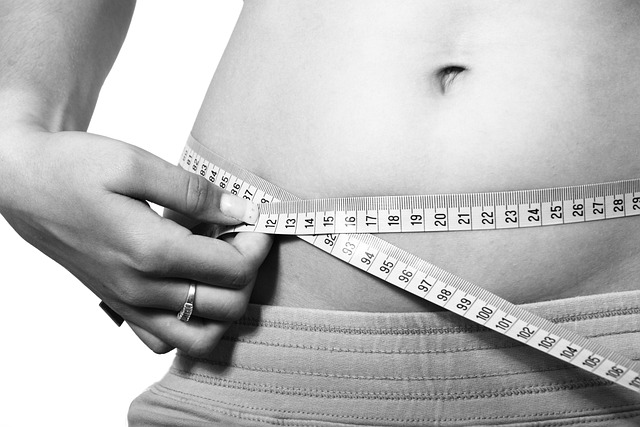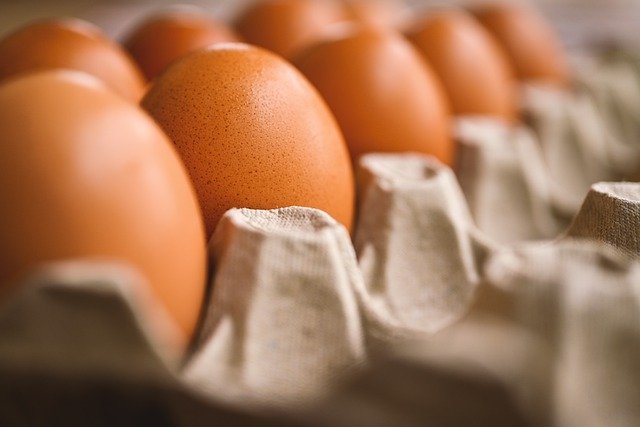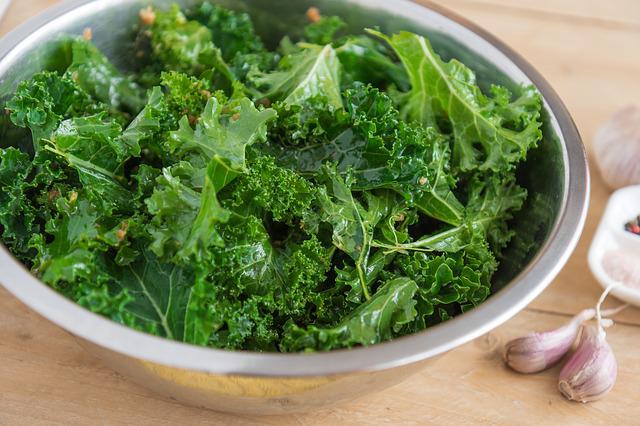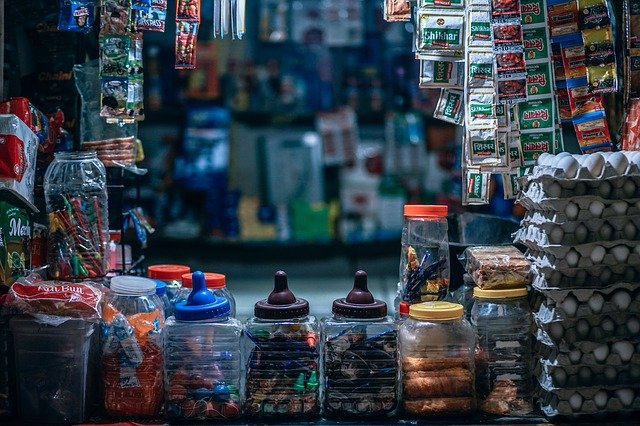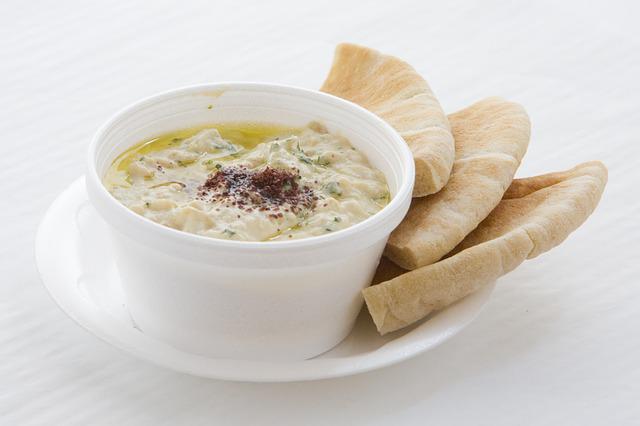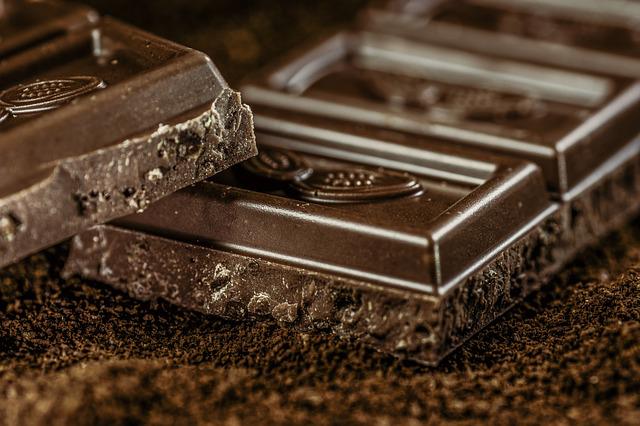Whether it is for health or aesthetic reasons, cutting down on body fat is a goal that requires a lot of discipline and hard work. In this post, we will be discussing 12 fat burning foods for maintaining a healthy body weight.
Aside from routine exercise, diet is another part of our lifestyles that require an overhaul during weight loss. In fact, some experts would even say that your diet makes up 80% of your weight loss while exercising is only responsible for 20% of your progress. This is because dieting is a much more efficient way of losing weight – after all, it would take a lot of physical activity to achieve the same caloric deficit that you would just by simply eating the right kind of food.[1]
Dieting isn’t also just about eating less. It is more about eating the right kind of food – the ones that will give you the most nutrients per calorie.
There are also certain types of foods that will actually help you burn fat by boosting your metabolism. Although all foods have the ability to boost your metabolism, some have more impactful than others.
Here are some great examples of fat burning foods you need to incorporate in your weight loss diet.[3]
- Green Tea
Next to water, green tea is the second most consumed beverage worldwide.[2]
Aside from being simply pleasing to drink, green tea continues to be loved because of its milder caffeine content (compared to coffee) and abundance of health benefits, giving people a guiltless buzz to start their day.
It is mostly known for its strong antioxidant properties, which is linked to reducing the risk of developing heart disease and certain types of cancers.
It also contains the antioxidant epigallocatechin gallate (EGCG), which is known to promote fat burning and the reduction of belly fat.[4] A high quality study published in 2012 was able to show that green tea appeared to induce weight loss among overweight and obese adults.[5]
Green tea was also found to boost fat burn during exercise. In one study, it was found that the male participants who drank green tea extract before exercising burned 17% more fat than those who didn’t.[6]
- Apple Cider Vinegar
Apple cider vinegar has long been used for medicinal purposes, aside from being a common salad dressing. While it was mostly used as a folk remedy for diabetes long before insulin was invented, apple cider vinegar also has some fat burning properties up its sleeve.
Firstly, apple cider vinegar can help people feel satiated longer when taken after meals. This will help you reduce the temptation for snacking, especially in the middle of the night.[7]
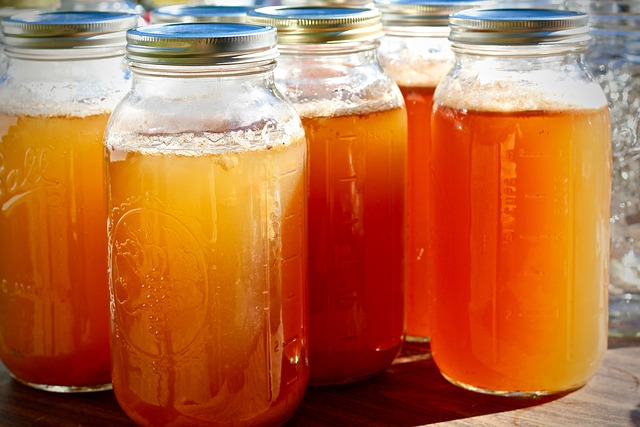
Apple cider is also mainly composed of acetic acid, a compound that was found to have fat burning properties in several animal and human studies. One of the most significant human studies involved 175 participants, who were told to take 0, 1, or 2 tablespoons of apple cider vinegar a day. It was found that those who took vinegar experienced moderate weight loss after three months.[8]
- Coffee
Coffee is a caffeine loaded drink that is typically enjoyed to kickstart the day. Aside from providing a jolt of alertness, coffee has some fat burning qualities, too – giving you more reasons to start your day with a cup of joe.
The high caffeine content of coffee stimulates the nervous system, which signals the breakdown of fat cells.[9]
Caffeine can also speed up your resting metabolic rate by 3% to 11%, which will help you burn fat faster even without much physical activity. However, this appears to be less effective among those with obesity.[10]
- Fatty Fish
Fatty fish, such as salmon, sardines, mackerel, and tuna are a great source of omega-3 fatty acids, which is commonly sold as a supplement that we all know as fish oil. Despite being called “fatty” fish, these actually contain fats that will benefit your cardiovascular system. These good fats will also help you lose body fat.
In a study conducted among 44 adults, it was found that those who took fish oil lost a pound of body fat after six weeks of taking fish oil supplements. The participants were also observed to have experienced a drop in cortisol, a stress hormone that is known to promote fat storage.[11]
- Eggs
Despite being a humble and common food, don’t let it fool you – eggs are among the most nutritious foods in existence, as it serves as a source of healthy proteins, fats, vitamins, and minerals.

Because eggs are so dense in proteins and nutrients, it doesn’t take much of it to make one feel satiated. This makes them a great food for weight loss, as it helps you consume less calories throughout the day. Studies were also able to prove that consuming more eggs during breakfast can lead to short term reduced feelings of hunger among overweight and obese individuals.[12]
- Whey Protein
A popular source of protein among bodybuilders, whey protein can also help you cut down on body fat by acting as an appetite suppressant.
Because whey protein is so effective in promoting muscle growth, it can also help you retain muscle that could have been deteriorated during the weight loss process.[13] This was proven to be effective both for lean and overweight or obese people.
- Chili Peppers
If you’re a fan of spicy food, you’re in luck – the components which provides that spicy flavor in chili peppers is called capsaicin, is known to act as an appetite suppressant as well as being capable of burning fat and boosting metabolic rate.[14]
Thus, not only will chili peppers aid your body in fat burning, but it will also help you cut caloric intake.
- Oolong Tea
Oolong tea is another popular tea variant that originates from China. Compared to green tea, oolong actually has more polyphenols, which aids digestion and helps our bodies burn calories more efficiently. In fact, one study found that people who drank oolong had a thinner waist than those who didn’t.[15]
Some research suggests that oolong may be more effective than green tea when it comes to slimming down. For instance, a study conducted among Japanese men found that a cup of oolong tea can boost metabolism for up to 20%, which is nearly twice the effects of three strong cups of green tea.[16]
Oolong tea also has appetite suppressing effects, which will help you further control your caloric intake.
- Greek Yogurt
While dairy is generally considered a fattening food group, Greek yogurt differs from the rest for its high protein content while having only half the carbohydrates that regular yogurt has. And unlike other dairy, Greek yogurt is actually lactose intolerant friendly as its production process has eliminated most of its lactose content. [17]
Some studies have shown that high protein dairy such as Greek yogurt can boost fat loss and prevent muscle deterioration during weight loss. Another outstanding feature of Greek yogurt is its probiotics, which is essential for maintaining gut health.[14]
- Olive Oil
A staple of Mediterranean cuisines, olive oil is one of the healthiest fats that exist. Aside from its benefits to our heart health, some studies discovered that olive oil can boost metabolic rate while promoting fat loss.[18]
Feel free to drizzle as much olive oil on your next salad, pasta, or pizza, as it is loaded with healthy fats and antioxidants that will decrease your risk of developing chronic diseases and cardiovascular problems.
- Nuts
Nuts may appear simple and small, but they are among the most nutrient dense foods in the world. And the best thing about them is they contain less calories, which makes them a weight loss friendly treat.
One of the nutrients nuts are rich in is protein, which will help you stave off hunger for longer periods of time. This makes nuts a healthier snack alternative to empty carbohydrates such as potato chips, as it contains very little calories while providing satisfying nutrients.[19]
- Coconut Oil
Coconut oil is another healthy plant-based fat that is packed with health benefits.
Coconut oil is known to contain a high level of medium chain triglycerides, fats that are believed to promote weight loss. However, more evidence is needed to strengthen these claims.[19]
Nonetheless, coconut oil is a healthy alternative to other cooking oils, as it promotes good (HDL) cholesterol levels in the body, while lowering the amount of bad (LDL) fat in your system.[20]
Conclusion
Although weight loss supplements and fad diets continue to be popular ways of losing body fat, these methods can lead to health consequences, especially if it isn’t approved by a medical professional.
You don’t need to punish yourself with these unorthodox methods just to lose weight.
Your diet is still the most important part of losing weight and body fat – but eating the right food will produce more efficient results than cutting off a large portion of your caloric intake.
By tweaking your diet through the inclusion of these fat-burning foods, and with the aid of a nutritionist, you’re set to achieve your long-term health goals.
Coupled with regular exercise, your body will thank you for following a healthy lifestyle that will make you feel great inside, while looking good on the outside!
References
[1] Gomez, A. (2016, August 1) Is Weight Loss Really 80 Percent Diet and 20 Percent Exercise? Retrieved on September 8, 2020 from https://www.womenshealthmag.com/weight-loss/a19982520/weight-loss-80-percent-diet-20-percent-exercise/
[2] Bedford, E. (2020, July 1) U.S. tea market – statistics & facts. Retrieved on September 8, 2020 from https://www.statista.com/topics/1513/tea-market/
[3] Spritzler, F. (2017, June 12) 12 Healthy Foods That Help You Burn Fat. Retrieved on September 8, 2020 from https://www.healthline.com/nutrition/12-fat-burning-foods
[4] Dulloo, A. G., Duret, C., Rohrer, D., Girardier, L., Mensi, N., Fathi, M., Chantre, P., & Vandermander, J. (1999). Efficacy of a green tea extract rich in catechin polyphenols and caffeine in increasing 24-h energy expenditure and fat oxidation in humans. The American journal of clinical nutrition, 70(6), 1040–1045. https://doi.org/10.1093/ajcn/70.6.1040
[5] Jurgens, T. M., Whelan, A. M., Killian, L., Doucette, S., Kirk, S., & Foy, E. (2012). Green tea for weight loss and weight maintenance in overweight or obese adults. Cochrane Database of Systematic Reviews. doi:10.1002/14651858.cd008650.pub2
[6] Venables, M. C., Hulston, C. J., Cox, H. R., & Jeukendrup, A. E. (2008). Green tea extract ingestion, fat oxidation, and glucose tolerance in healthy humans. The American journal of clinical nutrition, 87(3), 778–784. https://doi.org/10.1093/ajcn/87.3.778
[7] Warwick, K. (2020, June 11) Does apple cider vinegar help with weight loss? Retrieved on September 9, 2020 from https://www.medicalnewstoday.com/articles/apple-cider-vinegar-weight-loss
[8] Kondo, T., Kishi, M., Fushimi, T., Ugajin, S., & Kaga, T. (2009). Vinegar Intake Reduces Body Weight, Body Fat Mass, and Serum Triglyceride Levels in Obese Japanese Subjects. Bioscience, Biotechnology, and Biochemistry, 73(8), 1837–1843. doi:10.1271/bbb.90231
[9] Kim, T.-W., Shin, Y.-O., Lee, J.-B., Min, Y.-K., & Yang, H.-M. (2010). Effect of caffeine on the metabolic responses of lipolysis and activated sweat gland density in human during physical activity. Food Science and Biotechnology, 19(4), 1077–1081. doi:10.1007/s10068-010-0151-6
[10] Koot, P., & Deurenberg, P. (1995). Comparison of changes in energy expenditure and body temperatures after caffeine consumption. Annals of nutrition & metabolism, 39(3), 135–142. https://doi.org/10.1159/000177854
[11] Noreen, E. E., Sass, M. J., Crowe, M. L., Pabon, V. A., Brandauer, J., & Averill, L. K. (2010). Effects of supplemental fish oil on resting metabolic rate, body composition, and salivary cortisol in healthy adults. Journal of the International Society of Sports Nutrition, 7(1), 31. doi:10.1186/1550-2783-7-31
[12] Vander Wal, J. S., Marth, J. M., Khosla, P., Jen, K. L., & Dhurandhar, N. V. (2005). Short-term effect of eggs on satiety in overweight and obese subjects. Journal of the American College of Nutrition, 24(6), 510–515. https://doi.org/10.1080/07315724.2005.10719497
[13] Hector, A. J., Marcotte, G. R., Churchward-Venne, T. A., Murphy, C. H., Breen, L., von Allmen, M., Baker, S. K., & Phillips, S. M. (2015). Whey protein supplementation preserves postprandial myofibrillar protein synthesis during short-term energy restriction in overweight and obese adults. The Journal of nutrition, 145(2), 246–252. https://doi.org/10.3945/jn.114.200832
[14] Spritzler, F. (2017, June 12) 12 Healthy Foods That Help You Burn Fat. Retrieved on September 9, 2020, from https://www.healthline.com/nutrition/12-fat-burning-foods
[15] First For Women (2019, June 7) Oolong Tea Can Help You Shed Pounds and Blast Belly Bloat. Retrieved on September 9, 2020 from https://www.firstforwomen.com/posts/diet/oolong-tea-benefits-145332
[16] Rumpler, W., Seale, J., Clevidence, B., Judd, J., Wiley, E., Yamamoto, S., … Hosoda, K. (2001). Oolong Tea Increases Metabolic Rate and Fat Oxidation in Men. The Journal of Nutrition, 131(11), 2848–2852. doi:10.1093/jn/131.11.2848
[17] 3 Things You Didn’t Know About Greek Yogurt. (2018, November 9) Retrieved on September 9, 2020 from https://thedairyalliance.com/blog/3-things-you-didnt-know-about-greek-yogurt/
[18] Soares, M. J., Cummings, S. J., Mamo, J. C., Kenrick, M., & Piers, L. S. (2004). The acute effects of olive oil v. cream on postprandial thermogenesis and substrate oxidation in postmenopausal women. The British journal of nutrition, 91(2), 245–252. https://doi.org/10.1079/BJN20031047
[19] Kandola, A. (2019, January 9) What foods help burn fat? Retrieved on September 9, 2020, from https://www.medicalnewstoday.com/articles/324130[20] Gunnars, K. (2020, February 12) Top 10 Evidence-Based Health Benefits of Coconut Oil. Retrieved on September 9, 2020 from https://www.healthline.com/nutrition/top-10-evidence-based-health-benefits-of-coconut-oil
